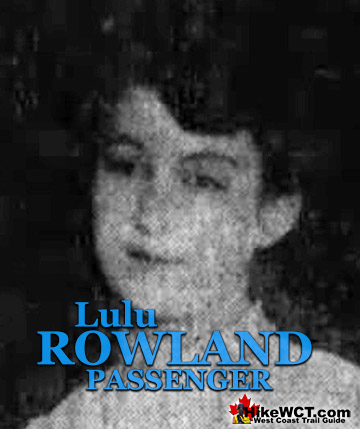The Valencia Disaster

![]() The Valencia was a 252-foot-long passenger steamship built in 1882 in Philadelphia. She served as a passenger ship down the eastern coast of North America until 1898 when she was sold to the Pacific Steam Whaling Company and brought around Cape Horn to the West Coast. There she briefly operated as a troopship for the United States army in the Spanish-American War. She could transport 606 troops and 29 officers between San Francisco and the Philippines.
The Valencia was a 252-foot-long passenger steamship built in 1882 in Philadelphia. She served as a passenger ship down the eastern coast of North America until 1898 when she was sold to the Pacific Steam Whaling Company and brought around Cape Horn to the West Coast. There she briefly operated as a troopship for the United States army in the Spanish-American War. She could transport 606 troops and 29 officers between San Francisco and the Philippines.

![]() The Valencia departed from San Francisco at 11:20am on Saturday, January 20th 1906, bound for Victoria and Seattle. She cruised roughly parallel to the coast at a variable distance that ranged from about 8 to 32 kilometres until she sighted Cape Flattery. The Cape Flattery Lighthouse marks the south end of Juan de Fuca Strait and is 1073 kilometres or 667 miles from the Golden Gate Bridge at the entrance to San Francisco Harbor.
The Valencia departed from San Francisco at 11:20am on Saturday, January 20th 1906, bound for Victoria and Seattle. She cruised roughly parallel to the coast at a variable distance that ranged from about 8 to 32 kilometres until she sighted Cape Flattery. The Cape Flattery Lighthouse marks the south end of Juan de Fuca Strait and is 1073 kilometres or 667 miles from the Golden Gate Bridge at the entrance to San Francisco Harbor.

![]() The Valencia was equipped with six lifeboats and a smaller working boat. These seven boats could hold up to 181 people. Just enough to accommodate the estimated 178 crew and passengers aboard. There were also three life rafts on board which could reportedly hold up to 44 people, though one slid off the ship and was lost.
The Valencia was equipped with six lifeboats and a smaller working boat. These seven boats could hold up to 181 people. Just enough to accommodate the estimated 178 crew and passengers aboard. There were also three life rafts on board which could reportedly hold up to 44 people, though one slid off the ship and was lost.

![]() All six boats launched in the first frantic 30 minutes after the Valencia wrecked were smashed against the ship or flipped and smashed against the base of the solid rock cliffs along the shore. Lifeboats No.1, No.4 and the working boat No. 7 were haphazardly released or cut free causing them to fall by one end and tossing the passengers into the water drowning all but one. Passengers watched in horror as dozens of people, many of them woman and children disappeared into the swirling ocean next to the ship.
All six boats launched in the first frantic 30 minutes after the Valencia wrecked were smashed against the ship or flipped and smashed against the base of the solid rock cliffs along the shore. Lifeboats No.1, No.4 and the working boat No. 7 were haphazardly released or cut free causing them to fall by one end and tossing the passengers into the water drowning all but one. Passengers watched in horror as dozens of people, many of them woman and children disappeared into the swirling ocean next to the ship.

![]() All but one of the seven lifeboats were launched during the first hour of the Valencia disaster, between midnight and 1am, Tuesday, January 23rd, 1906. Of the estimated sixty passengers and crew that boarded these six boats, only nine would live to tell about it. It is not known how many woman and children were on those boats, probably more than half, all were lost. One of the nine survivors, passenger Frank Bunker, recalled the events as the Valencia shipwreck turned into a disaster.
All but one of the seven lifeboats were launched during the first hour of the Valencia disaster, between midnight and 1am, Tuesday, January 23rd, 1906. Of the estimated sixty passengers and crew that boarded these six boats, only nine would live to tell about it. It is not known how many woman and children were on those boats, probably more than half, all were lost. One of the nine survivors, passenger Frank Bunker, recalled the events as the Valencia shipwreck turned into a disaster.

![]() After the McCarthy boat was launched successfully and cleared the breakers at around 9am Tuesday January 23rd the captain, crew and passengers on the Valencia confidently expected men to soon appear on the cliffs opposite the ship. The Lyle line-firing gun was set up and ready to go on the hurricane deck. The Lyle gun was capable of firing three times. It could launch a harpoon with a quarter inch rope attached several hundred metres.
After the McCarthy boat was launched successfully and cleared the breakers at around 9am Tuesday January 23rd the captain, crew and passengers on the Valencia confidently expected men to soon appear on the cliffs opposite the ship. The Lyle line-firing gun was set up and ready to go on the hurricane deck. The Lyle gun was capable of firing three times. It could launch a harpoon with a quarter inch rope attached several hundred metres.

![]() The Valencia wrecked just before midnight on Monday, January 22nd, 1906. Nearly 34 hours later, at 9am Wednesday morning the situation on the Valencia was horrific. Battered by waves, the ship was breaking apart and settling lower with every crashing wave that slammed into her. About 80 survivors remained clinging to the few upper parts of the ship still above water.
The Valencia wrecked just before midnight on Monday, January 22nd, 1906. Nearly 34 hours later, at 9am Wednesday morning the situation on the Valencia was horrific. Battered by waves, the ship was breaking apart and settling lower with every crashing wave that slammed into her. About 80 survivors remained clinging to the few upper parts of the ship still above water.

![]() When the survivors on the second raft were rescued by the Topeka just three hours into their ordeal and so close to death that they could barely stand, one of them asked about the first raft. It was then first discovered by the outside world that another raft was still out there. And more poignantly, the Topeka Raft survivors that barely escaped death after five hours, learned that the first raft was still in that hell.
When the survivors on the second raft were rescued by the Topeka just three hours into their ordeal and so close to death that they could barely stand, one of them asked about the first raft. It was then first discovered by the outside world that another raft was still out there. And more poignantly, the Topeka Raft survivors that barely escaped death after five hours, learned that the first raft was still in that hell.
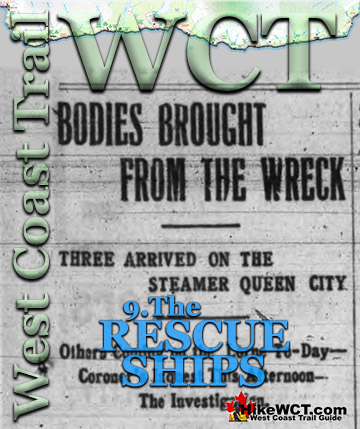
![]() Shortly after 3pm on Tuesday afternoon on January 23rd the Valencia’s owners in Seattle received a message that the Valencia had gone ashore somewhere west of the Carmanah Lighthouse on Vancouver Island. The Queen, another Pacific Coast Steamship Company vessel was arriving in Victoria and it was ordered to rush to the Valencia to offer assistance. The call was put out to all tugs in the area to help, however none were available and ones that were available were at Neah Bay and the communication line was broken and they couldn’t be called.
Shortly after 3pm on Tuesday afternoon on January 23rd the Valencia’s owners in Seattle received a message that the Valencia had gone ashore somewhere west of the Carmanah Lighthouse on Vancouver Island. The Queen, another Pacific Coast Steamship Company vessel was arriving in Victoria and it was ordered to rush to the Valencia to offer assistance. The call was put out to all tugs in the area to help, however none were available and ones that were available were at Neah Bay and the communication line was broken and they couldn’t be called.
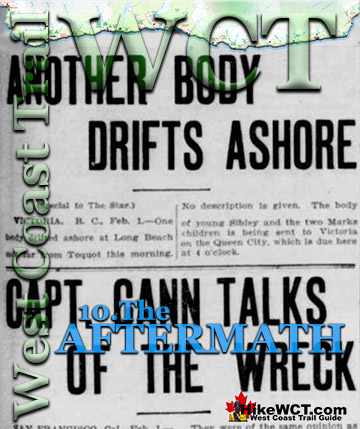
![]() A week after the wreck of the Valencia, The Daily Colonist of Victoria ran a cover story about the aftermath of the disaster and the horrific scenes that continued to be found. Sydney Van Wyck of San Francisco, who arrived by the tug Wyadda to search for his sisters body was interviewed about the experience. He described bodies found washed ashore terribly mutilated and decomposed. “One body was found yesterday, not identified. This brings the total number recovered to 28. Ten had been previously brought here and eight arrived last night.”
A week after the wreck of the Valencia, The Daily Colonist of Victoria ran a cover story about the aftermath of the disaster and the horrific scenes that continued to be found. Sydney Van Wyck of San Francisco, who arrived by the tug Wyadda to search for his sisters body was interviewed about the experience. He described bodies found washed ashore terribly mutilated and decomposed. “One body was found yesterday, not identified. This brings the total number recovered to 28. Ten had been previously brought here and eight arrived last night.”

![]() There were just 38 survivors of the Valencia shipwreck. An estimated 140 people lost their lives on the ship over the course of 36 hours. The 38 survivors escaped the ship at different times and different ways. Nine of the survivors managed to make it through the first hour when all but one of the lifeboats were flipped in the surf or smashed against the ship. These wet and freezing survivors gathered along the base of cliffs about 250 metres north of the Valencia.
There were just 38 survivors of the Valencia shipwreck. An estimated 140 people lost their lives on the ship over the course of 36 hours. The 38 survivors escaped the ship at different times and different ways. Nine of the survivors managed to make it through the first hour when all but one of the lifeboats were flipped in the surf or smashed against the ship. These wet and freezing survivors gathered along the base of cliffs about 250 metres north of the Valencia.

![]() This is a much more accurate list of the victims of the Valencia shipwreck than all the other lists currently found online and in print. The passenger and crew list given by the owners of the Valencia after the wreck is pretty good, though quite a few names didn’t make the list. For example, a significant number of children on the Valencia were not recorded as passengers. A few adult passengers also do not appear on the lists and were only discovered in the days and weeks after the tragedy in various newspapers.
This is a much more accurate list of the victims of the Valencia shipwreck than all the other lists currently found online and in print. The passenger and crew list given by the owners of the Valencia after the wreck is pretty good, though quite a few names didn’t make the list. For example, a significant number of children on the Valencia were not recorded as passengers. A few adult passengers also do not appear on the lists and were only discovered in the days and weeks after the tragedy in various newspapers.
West Coast Trail Guide
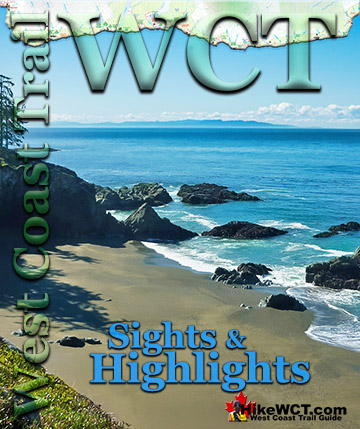
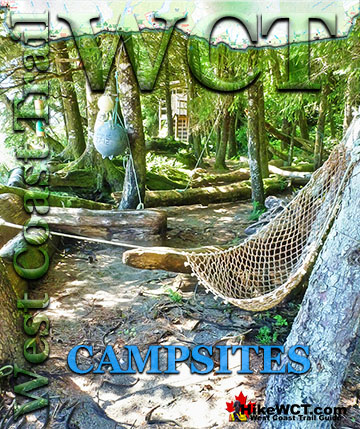

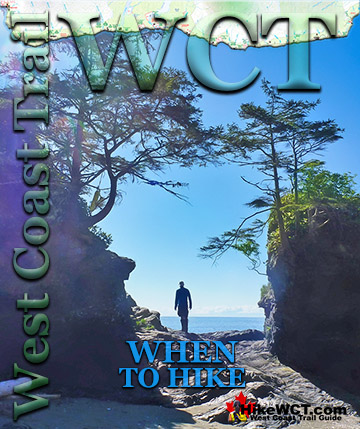
West Coast Trail Shipwrecks



West Coast Trail Campsites


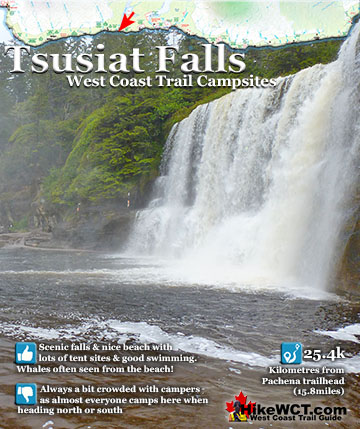


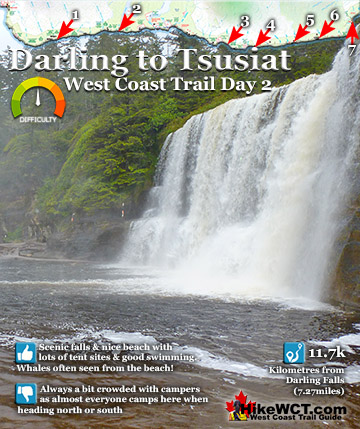


Books About West Coast Trail Shipwrecks


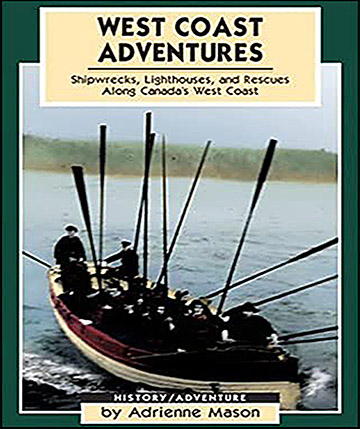

West Coast Trail A to Z




Explore BC Hiking Destinations!

The West Coast Trail

Victoria Hiking Trails

Clayoquot Hiking Trails

Whistler Hiking Trails

Squamish Hiking Trails










